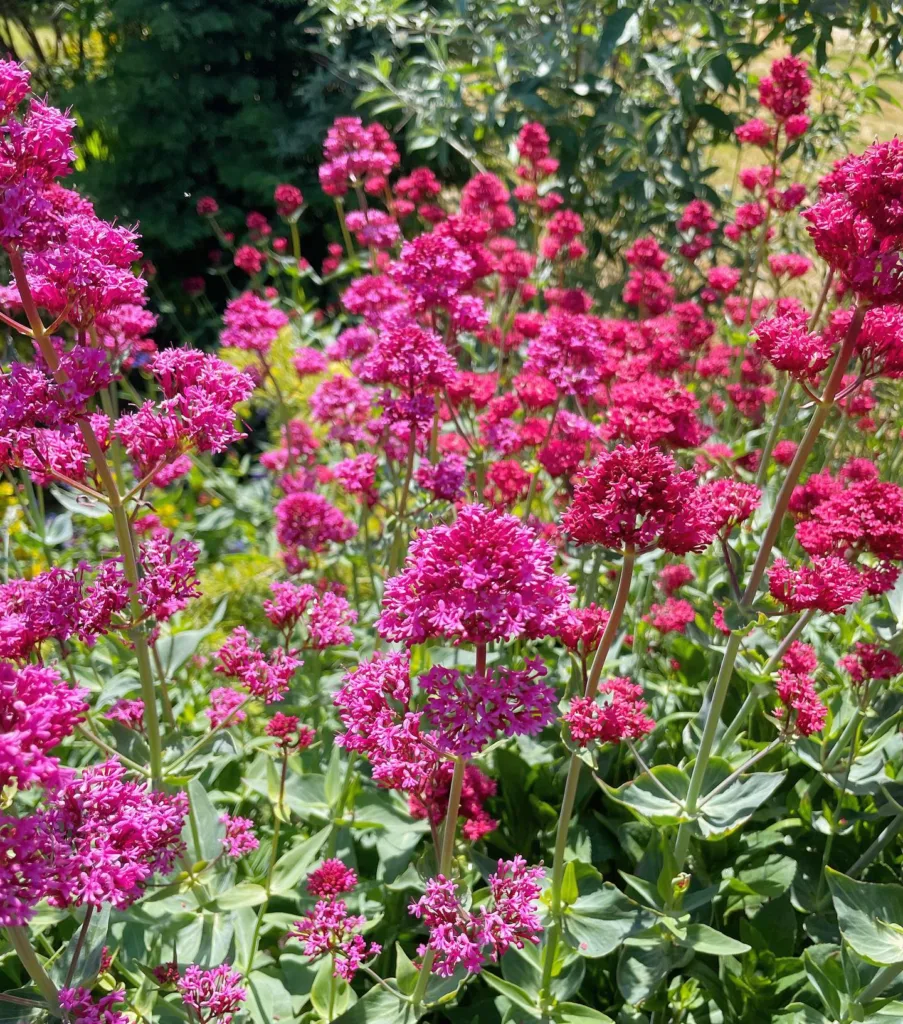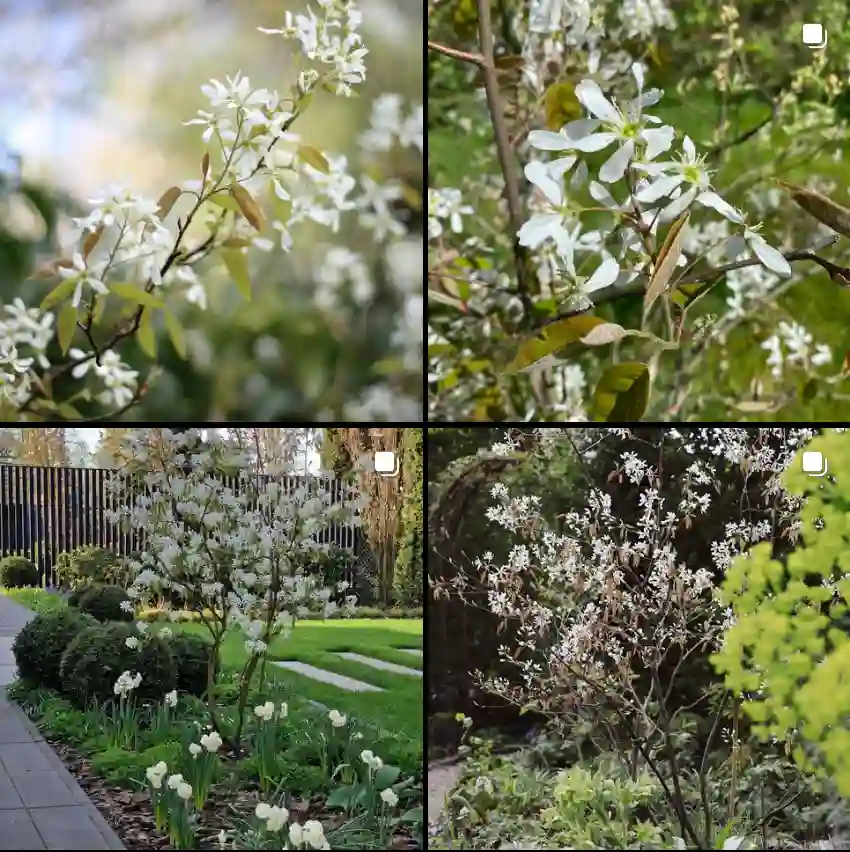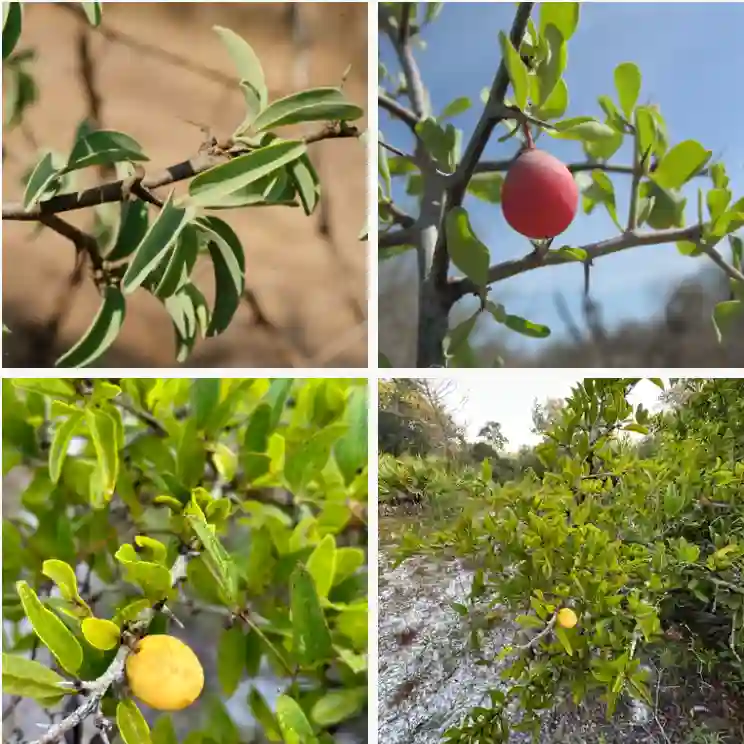Green Dragons in My Garden: An Exploration of Pinellia
My name is Ferb Vu, and I’ve always been drawn to the unusual. In the world of plants, few things strike me as more intriguing than the genus Pinellia. These curious plants belong to the Araceae family, native to East Asia, are affectionately known as “green dragons” thanks to their unique inflorescence. Imagine a hooded cobra, poised to strike, and you’ll have a good idea of their distinctive shape. The “hood” is a green spathe, a modified leaf, from which emerges a long, tongue-like spadix. It’s this captivating form that first drew me to cultivate Pinellia in my own garden.
A Diverse Genus
While the “green dragon” moniker might conjure up a singular image, Pinellia is actually a diverse genus with a variety of species, each possessing its own unique charm:
- Pinellia cordata – A small, tuberous plant with heart-shaped leaves, known for its subtle green spathes and adaptability to moist, shaded areas.
- Pinellia fujianensis – Native to Fujian, China, this species has unique lance-shaped leaves and produces pale, delicate flowers in late spring.
- Pinellia hunanensis – Distinguished by its slender, elongated spathes and narrow leaves, this species thrives in well-drained soils.
- Pinellia integrifolia – Recognizable by its unlobed, oval leaves, this species has a low-growing habit and spreads easily in garden settings.
- Pinellia pedatisecta – Known for its deeply lobed, star-shaped leaves and long-lasting green spathes, it is commonly found in forested areas.
- Pinellia peltata – This rare species has peltate (shield-like) leaves and greenish-yellow flowers, preferring damp woodland environments.
- Pinellia polyphylla – Characterized by its multi-leaved structure and bright green, glossy foliage, it forms an attractive ground cover.
- Pinellia ternata – A widely spread species with trifoliate leaves, it’s popular in traditional medicine but can become invasive. – Plant FAQs: Pinellia Ternata – Three-Leaf Pinellia
- Pinellia tripartita – Recognized by its three-parted leaves and small, pale spathes, it’s adaptable and grows well in moist soils.
- Pinellia yaoluopingensis – A lesser-known species native to China with unique foliage and a preference for shady, mountainous areas.
More Than Just Looks
Beyond their captivating appearance, Pinellia plants hold a significant place in traditional Chinese medicine. The processed root of Pinellia ternata, known as Ban Xia, is used to transform phlegm, stop coughing, and alleviate nausea. It’s a testament to the fact that these plants are not merely ornamental; they possess valuable properties that have been recognized and utilized for centuries.
Cultivating Green Dragons
My own experience cultivating Pinellia has been a journey of learning and adaptation. These plants thrive in moist, well-drained soil and prefer partial shade. They are relatively low-maintenance, but they can be susceptible to pests like slugs and snails. I’ve found that a layer of mulch helps to deter these unwelcome visitors.
One thing to keep in mind is that some Pinellia species, particularly Pinellia ternata, can be quite vigorous spreaders. While this can be a desirable trait for ground cover, it’s important to be mindful of their growth habits to prevent them from overtaking other plants in the garden.
The Allure of the Unusual
For me, the appeal of Pinellia lies in their unique blend of beauty and cultural significance. They are a reminder that nature is full of surprises, and that even the most unassuming plants can possess remarkable qualities. As I continue to cultivate these fascinating “green dragons” in my garden, I am constantly reminded of the importance of observation, experimentation, and appreciation for the natural world.
The intricate details of the spathe and spadix, the subtle variations in leaf shape, the historical uses in traditional medicine – these are just a few of the aspects that make Pinellia such a rewarding genus to explore. Whether you’re a seasoned gardener or simply appreciate the beauty of the natural world, I encourage you to discover the allure of these captivating “green dragons” for yourself.
If i die, water my plants!



